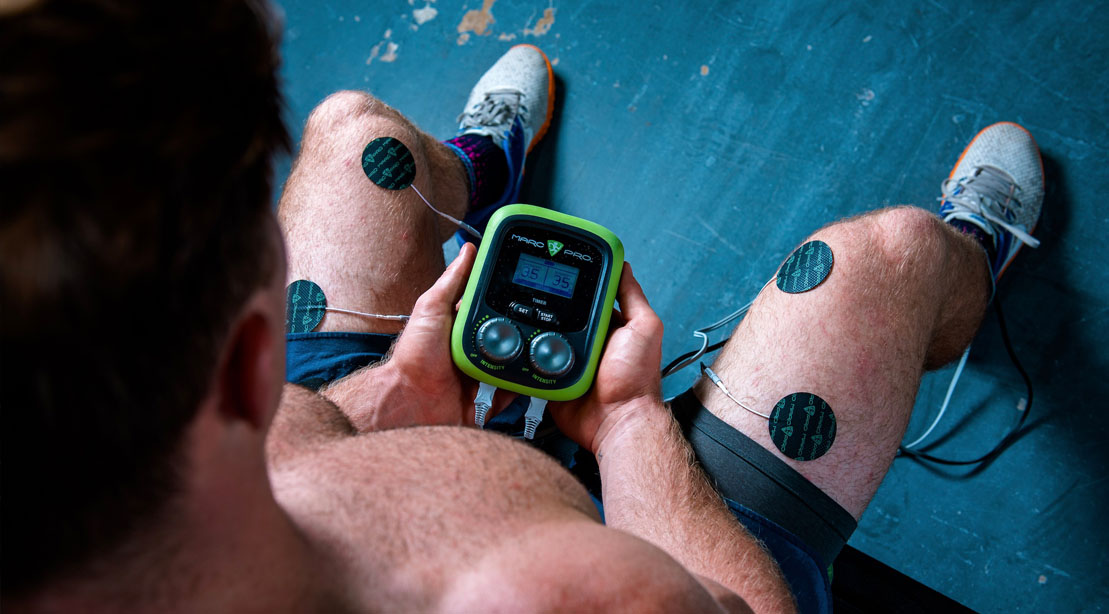28-Days-to-Lean Meal Plan
With the right plan and the right discipline, you can get seriously shredded in just 28 days.
Read article
Active recovery is a recovery technique that relies on muscle activation to expedite the movement of nourishment and waste. Passive or inactive recovery is, well, passive. Both ways work. If you do nothing (e.g. sit back, relax, and wait) and you are otherwise healthy, you will eventually recover. If you do something (e.g. the proper amount of focused muscle activation), you will, assuming all else is equal, also eventually recover. That said, the main differences between the recovery types are not measured by the “end” result. Instead, the focus of the comparison is the difference in how you feel during the recovery process and how long it takes to fully recover. Consider this, have you ever finished a race or hard training session and immediately entered a crammed space such as a car, bus, train, or plane and remained there for several hours? If not, ask someone who has. There is no need to gain first-hand experience because the result is always the same: your muscles will feel more tired and sore at the end of your trip. Why? Simply put, sitting in a crammed space for several hours post-exertion (passive recovery) stifles the flow of nourishment and waste. “Slow the flow” and the recovery process is prolonged. Want a better outcome? Before you get into that dreaded crammed space go for a 20-minute jog, easy ride, and/or swim. Then, once per hour for at least 10 minutes each time, get up and move all of your muscles that feel tired or sore (active recovery).

It is very important to avoid over-activating your tired and sore muscles. Doing so will actually prevent recovery and could easily lead to an overuse injury. Conversely, if you under-activate your tired and sore muscles, you will marginalize the related benefits. Either way, you lose.
So, what is the key to finding the sweet spot between too much and too little? Always remember that this is a recovery technique, not a training technique. Thus, if your quads are tired or sore from running, go for an easy jog. Likewise, if your glutes are tired or sore from cycling, go for an easy ride. And so on. Never do anything that hurts. Focus your effort on activating the muscles in need of recovery (e.g. if you activate the muscles in your left foot, it won’t help the muscles in your right hand). Always … always, expend the least possible amount of energy to achieve the desired result … don’t waste energy!
Sounds good, but … you just finished and you do not have the desire to jog or go for a light ride or perhaps even stand upright. Besides, your knee and hip are bothering you and you know from experience that “stressing” those joints under the conditions just noted is a categorically misguided and potentially injurious idea. Likewise, if your traps and lower back muscles need “activation,” jogging or going for a light ride are, once again, not a viable option. In fact, doing so is, metaphorically speaking, a step in the wrong direction (due to functional reality, your effort will likely cause more trap and lower back fatigue and soreness, not less).
So, what’s the best recovery technique? Activate your tired and sore muscles without causing undue stress. One way to achieve this is by using the Marc Pro muscle recovery device. It’s easy to use, feels good, and works great!